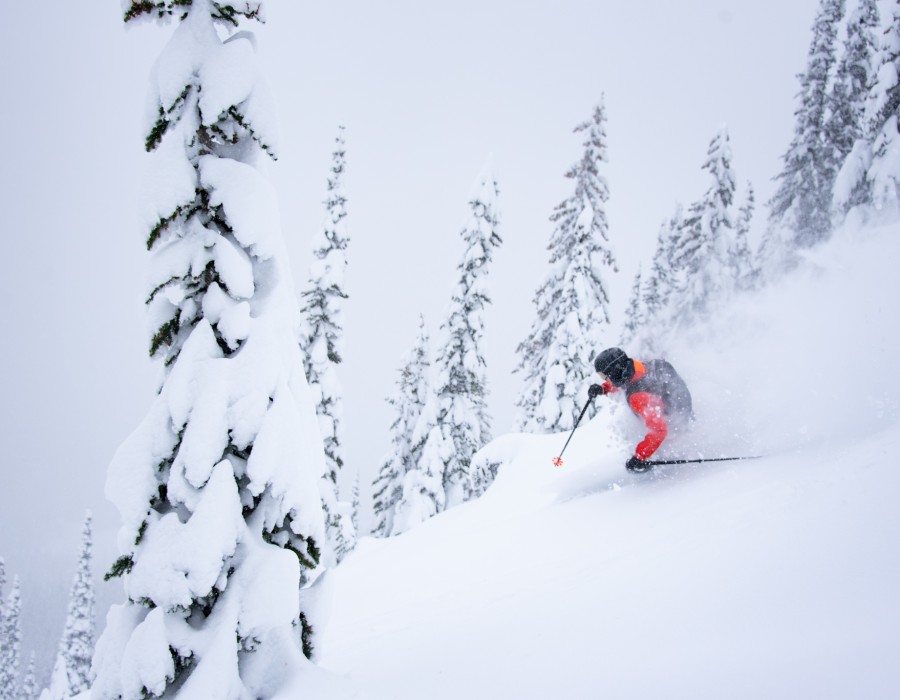Skiing is a popular winter sport that many people love, but when it comes to skiing deep snow, it can be both exciting and challenging. If you're new to skiing or looking to improve your skills in powder snow, this guide will help you navigate the thrilling world of deep snow skiing.
What is Deep Snow Skiing?
Deep snow skiing, often referred to as skiing in "powder," involves gliding over fresh, soft snow that hasn’t been packed down or groomed. This type of snow can be found after a snowfall or in backcountry areas where fewer skiers venture. The experience of skiing in deep snow is unique and offers a sense of freedom that you won't find on well-groomed trails.
Why Ski in Deep Snow?
- Excitement: Skiing in deep powder is an exhilarating experience. The soft snow cushions your falls and allows you to glide smoothly down the slopes.
- Scenic Beauty: Deep snow areas are often less crowded and provide stunning natural scenery. You can enjoy the beauty of winter landscapes while skiing.
- Improved Skills: Skiing in deep snow can help improve your skiing skills. It challenges you to maintain balance and control, making you a better skier overall.
Preparing for Deep Snow Skiing
Before you hit the slopes, it's important to prepare properly. Here are some tips to help you get ready:
- Choose the Right Gear: Make sure you have skis designed for powder skiing. These skis are typically wider and shorter, allowing for better floatation on deep snow. Don't forget about essential gear like a good helmet, goggles, and waterproof clothing.
- Take Lessons: If you're new to skiing or deep snow, consider taking lessons from a qualified instructor. They can teach you the techniques needed to ski safely and effectively in powder.
- Check the Weather: Always check the weather conditions before heading out. Deep snow can be fun, but it can also create hazards like avalanches. Make sure to choose a safe area to ski.
Techniques for Skiing Deep Snow
Once you're ready, here are some basic techniques to help you ski confidently in deep snow:
- Stay Centered: Keep your weight centered over your skis. This will help you maintain balance and control as you glide through the snow.
- Use Your Hips: Your hips play a crucial role in skiing deep snow. Shift your hips to the side as you turn, allowing your skis to float and follow the snow's natural contours.
- Make Short Turns: In deep snow, making shorter, quicker turns is more effective than long, sweeping ones. This helps you maintain control and navigate through challenging areas.
- Keep Your Speed: Maintaining a steady speed is essential in deep snow. Going too slow can cause your skis to sink, while going too fast can make it difficult to control your movements.
Staying Safe While Skiing Deep Snow
Safety is crucial when skiing in deep snow. Here are some tips to keep in mind:
- Ski with a Buddy: Always ski with a friend or partner. This way, you can look out for each other and provide assistance if needed.
- Know Your Limits: If you’re new to deep snow skiing, stick to areas that match your skill level. Don’t push yourself too hard, especially in unfamiliar terrain.
- Be Aware of Avalanche Risks: When skiing in backcountry areas, always check for avalanche warnings. Familiarize yourself with avalanche safety tips and carry the necessary safety gear.
Conclusion
Skiing deep snow is an exhilarating way to experience winter sports. With the right preparation, techniques, and safety measures, you can enjoy the thrill of gliding through fresh powder. Whether you’re a beginner or an experienced skier, exploring deep snow will add excitement to your winter adventures. So grab your gear, hit the slopes, and enjoy the beautiful world of skiing in deep snow.





Comments